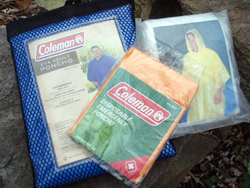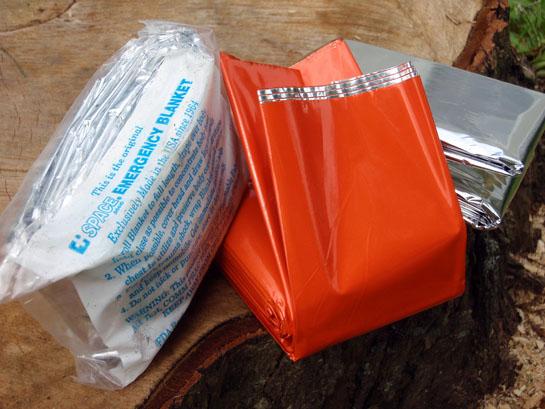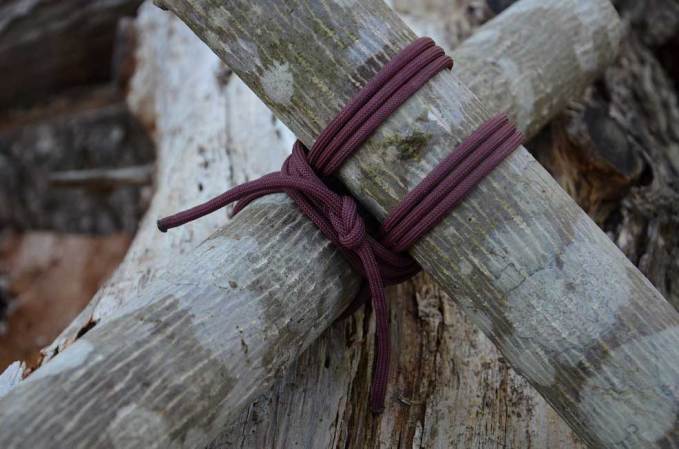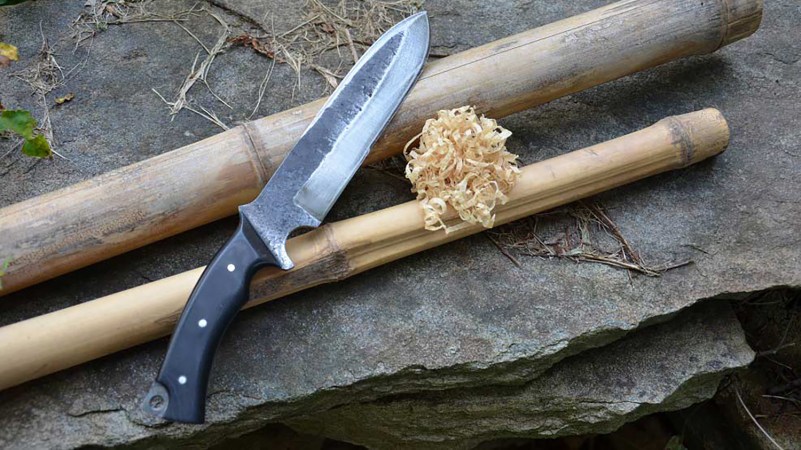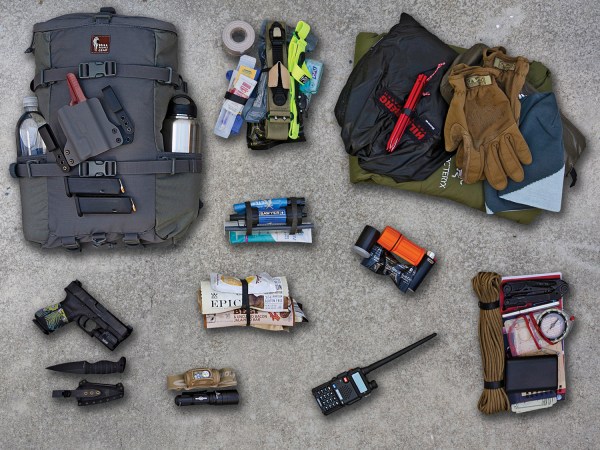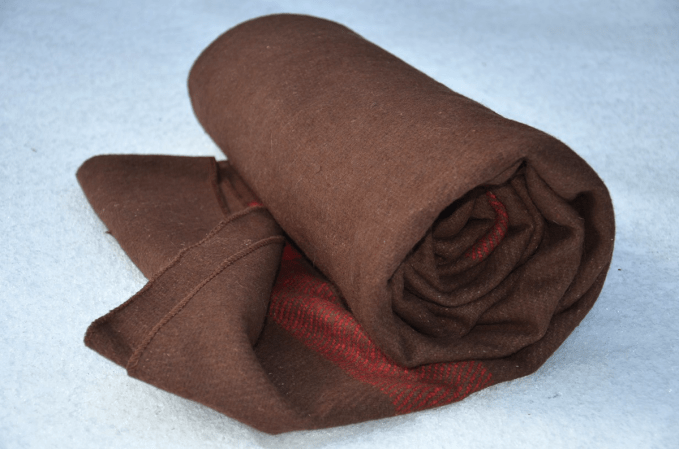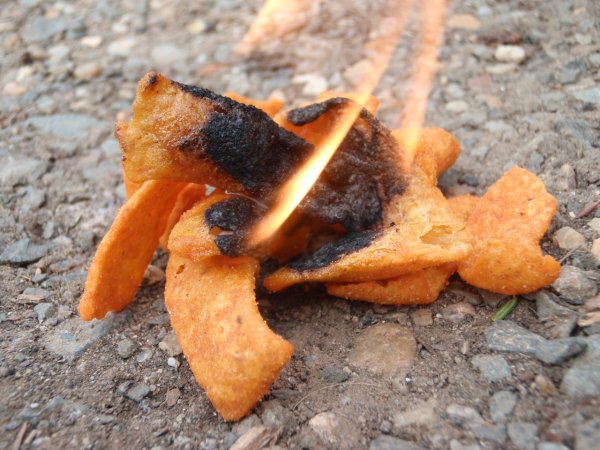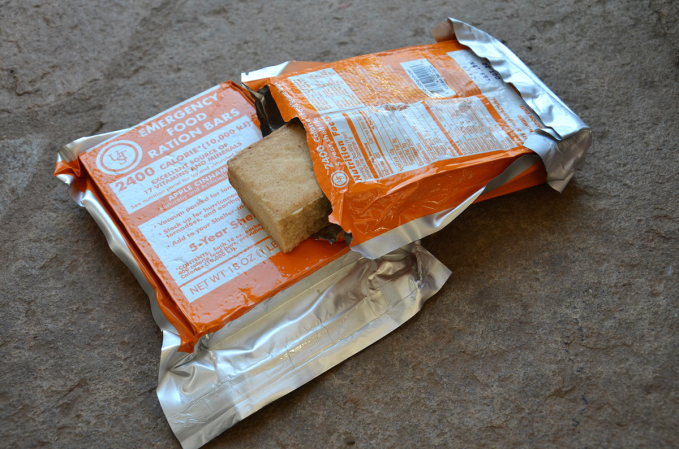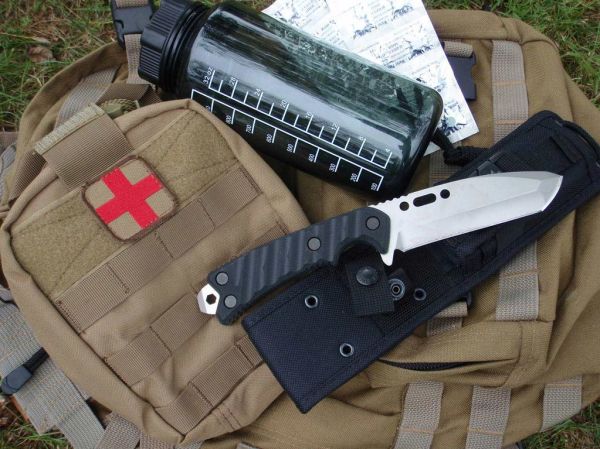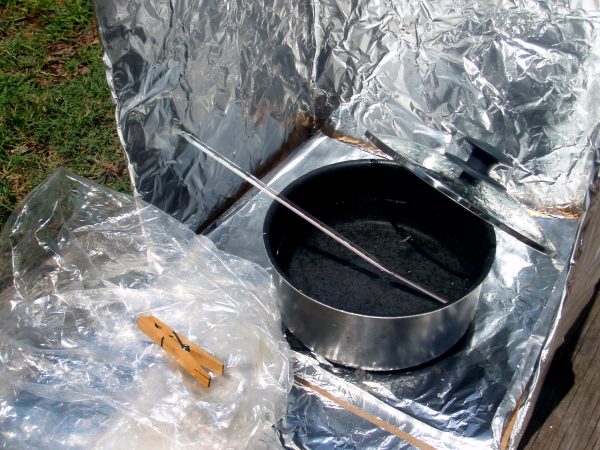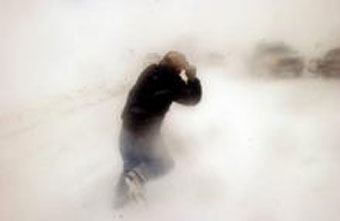We may earn revenue from the products available on this page and participate in affiliate programs. Learn More ›
Those little, throw-away plastic emergency ponchos may seem like a poor addition to your survival gear. They are thin, flimsy and they blow around in the wind like a ship’s sail. However, all of their other uses may inspire you to think again about adding them to your survival supplies.
Here are fifteen other survival chores that your poncho can handle, beyond its normal job of rain protection.
**
1. Shelter waterproofing:** Since the average lean-to or survival shack tends to have a leaky roof, you can place the poncho in the roof structure as you build it to make a waterproof section in your shelter. Just be careful that sticks and thorns don’t poke holes in the plastic.
2. Rain catcher: Lay the poncho in a hole, or in a similar low spot, to catch the rain water.
3. Ground cloth: Under a tent, or under a survival shelter, a poncho can keep the dampness of the ground from seeping into your bedding. This makes a big difference in your comfort and safety when you are dealing with weather that is both cold and damp.
4. Ground-to-Air Signal panel: Lay out a brightly colored poncho on the ground, weighted down with rocks, to create a ground-to-air signal panel to catch overhead attention in an emergency.
5. Wind Break: While a poncho is hardly warm, you can feel warmer if you wrap up in the poncho in windy weather, especially if the wind is cutting through your clothing.
6. Trail Markers: Cut off small strips of a colorful poncho and tie them to brush or branches at eye level. This can create a trail to help you navigate through thick vegetation or in low-light conditions.
7. Carrying bag: Cut off a corner of your poncho to make a bag to bundle up tinder, berries, or any other stuff that you want to keep dry or keep in a bunch.
8. Cold compress: Put some snow or ice inside the folded up poncho to create a cold compress for injuries like sprains and strains. This will help manage an injury while keeping your clothes dry, which is critical in conditions where ice or snow would naturally be available.
9. Gear wraps: Store tools, loose parts and important equipment in fragments of the poncho to keep the items dry, organized and quiet.
10. Water carrier: Fold up your poncho and lay it inside a box, bag, or basket to make a water carrier. Make sure the plastic is at least four layers thick and not in contact with sharp points. Mend any holes with duct tape.
11. Solar Still: A clear plastic poncho can be used as the “greenhouse” plastic for a solar still to collect and process drinking water.
12. Signal Flag: Lash a colorful poncho to a tall pole, and stand the pole up in an open area to create a signal flag to attract help.
13. Wound wrap: From the dreaded “sucking chest wound” to simple scrapes and cuts, a piece of plastic and some tape can be used as a bandage or as a cover to keep your other dressings clean and dry.
14. Cord: For simple, lightweight tying jobs around camp, poncho plastic can be cut into strips and tightly twisted into cord. This is not load bearing rope, but it can suffice for light-duty tasks.
15. Game processing: If you are lucky enough to have some meat to butcher, the poncho can give you a nice clean surface to lay out your game meat.
Leave us a comment to tell us what survival chores you’ve accomplished with one of those simple emergency ponchos.
